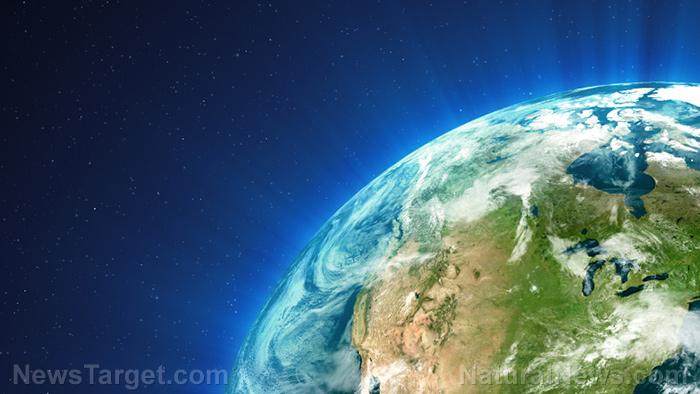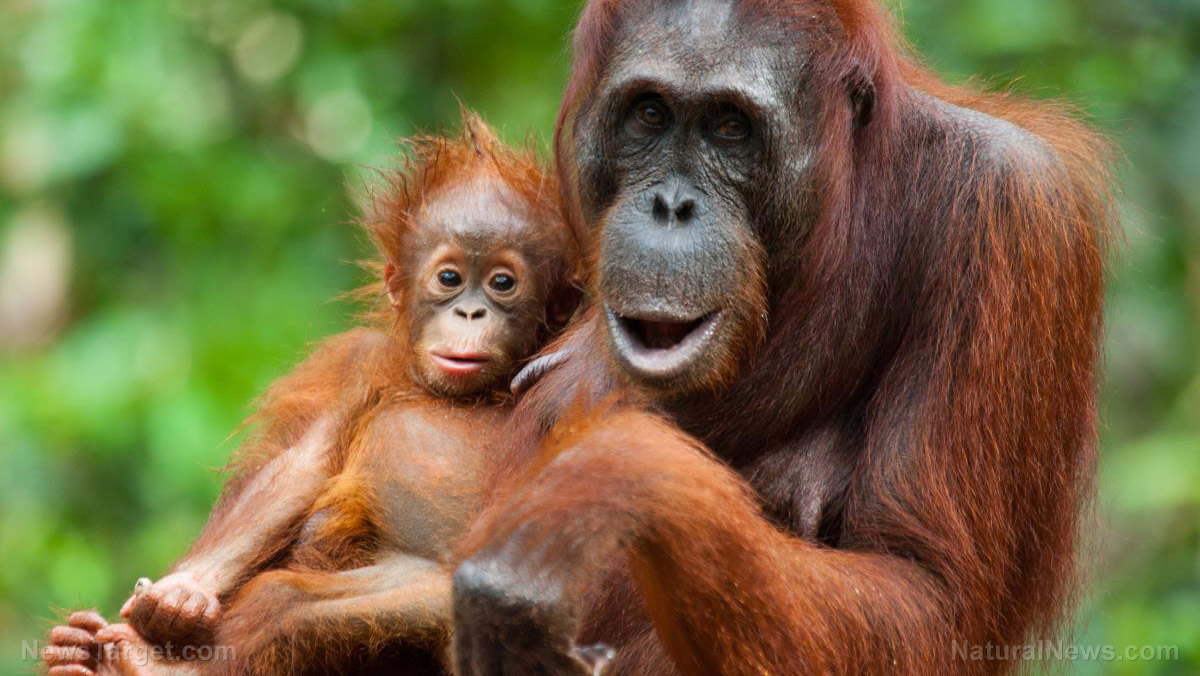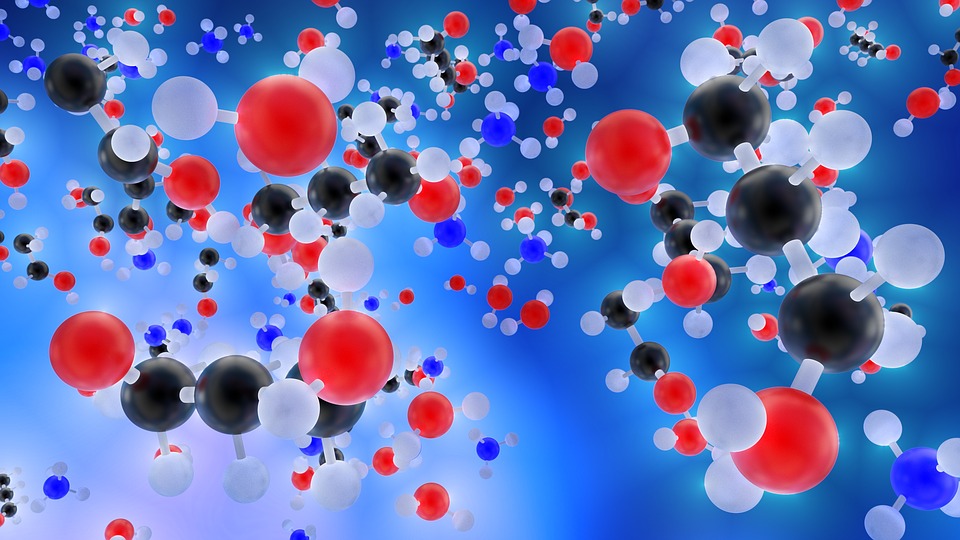BRAINWASHED: Climate change activists have been convinced to support the very thing that will murder Mother Nature and collapse our world: Reductions in carbon dioxide
06/18/2017 / By Vicki Batts

If there is one thing people ought to know by now, it’s that you can’t believe everything you see on TV or read on the internet. But when it comes to climate change, that seems to be what everyone does. In spite of the overwhelming evidence that the increased amount of carbon dioxide in our atmosphere is encouraging the Earth to grow greener, so-called “climate activists” are still clinging tightly to the long-held belief that carbon is the devil.
The Paris climate accord — and the liberal media’s outcry following Trump’s decision to disengage from the agreement — is a perfect example of this unwavering belief that carbon dioxide is the cause of our planet’s ailments. But the fact is, that belief couldn’t be any further from the truth.
As Mike Adams notes, “[A]ll plants depend on CO2 for their very survival. It’s the “oxygen” for plants, and right now trees, grasses and food crops are starving for CO2 because it sits at nearly the lowest level it has ever been in the history of the Earth (barely above 400 ppm now, when it used to be over 7,000 ppm in the past).”
Research published in the spring of 2016 found that the rising levels of carbon dioxide (CO2) in Earth’s atmosphere has been playing a substantial role in the increasing amount of green space across the globe. Thirty-two authors from 24 institutions hailing from eight different countries helped to contribute to the massive project, analyzing 35 years worth of data. As NASA explains, the researchers used “satellite data from NASA’s Moderate Resolution Imaging Spectrometer and the National Oceanic and Atmospheric Administration’s Advanced Very High Resolution Radiometer instruments to help determine the leaf area index, or amount of leaf cover, over the planet’s vegetated regions.”
The amount of greening that has occurred, thanks in part to higher CO2 levels, is equivalent to a green landmass twice the size of the continental United States, according to NASA.
According to researchers from Boston University, increased CO2 fertilization is responsible for approximately 70 percent of this increase, which is a pretty sizable portion — especially given that the second highest driver of global greening, nitrogen, is estimated to be responsible for just nine percent of the process.
Even though rising CO2 levels are clearly making the planet greener, climate change believers are quick to say that the other effects of CO2 are so deleterious that any benefits are easily outweighed. However, the fact is that the slight temperature increases and increased water from melting glaciers are also helping to make the planet greener, as Mike Adams notes. It’s easy to see that along with higher CO2 levels, increased rainfall and higher temperatures help encourage plants to grow.
As BBC reports:
Prof Judith Curry, the former chair of Earth and atmospheric sciences at the Georgia Institute of Technology, added: “It is inappropriate to dismiss the arguments of the so-called contrarians, since their disagreement with the consensus reflects conflicts of values and a preference for the empirical (i.e. what has been observed) versus the hypothetical (i.e. what is projected from climate models)…”
To put it simply, Curry is saying that climate change skeptics are relying on data that’s actually been collected from the real world, while climate change enthusiasts tend to rely on simulations of events that haven’t even happened yet. So who is really being anti-science here; the people relying on actual facts, or the people who are relying on hypothetical scenarios?
While the climate debate is far from over, it’s important to know all the facts — and not just the ones that the mainstream media wants you to see. [RELATED: Read more stories about the environment at Environ.news]
Sources:
Tagged Under: carbon dioxide, climate change, Earth



















